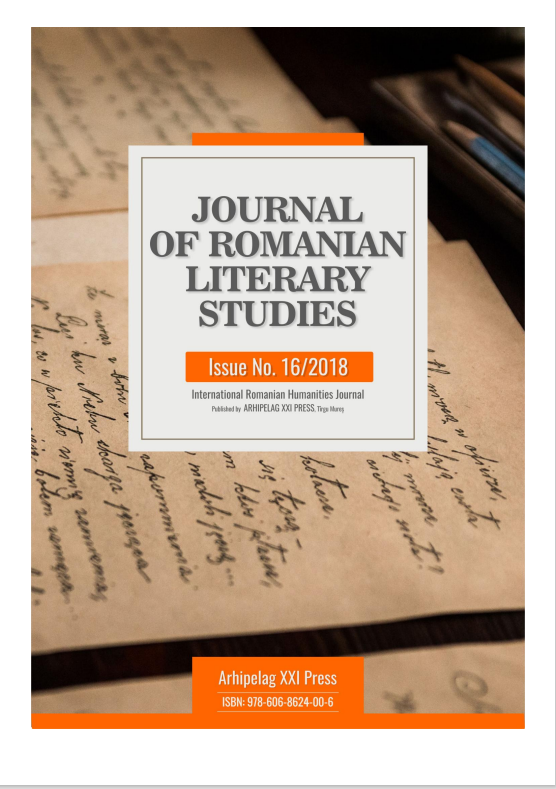Author(s): Elena-Alexandra Costea / Language(s): Romanian
Issue: 16/2019
Indeed, the polemist's tone bursts like a bloom in the subtext of his dramas as well as in the author's depressing, lucid vision, denying with indignation the soul gulf of the small or big bourgeoisie, crushing the shroud of conformism, or revealing moral crime. If in the Hortensia Papadat-Bengescu, another lucid mind, of a lucid but bold but flexible and ironic lucidity, the disintegration of the conformist envelope of relations in the capitalist society was done with a nearsavage cold, Camile Petrescu's polemic reaches up to the heated denial, and the author's tone, participative, knows all the ranges: from subtle irony to vehemence and anger. Camil Petrescu, in his preferred heroes, different in his social dimension, always designs himself diverse, sides of his personality. I live plenary and fervently in the flesh and blood of the characters, re-editing in different epochs, the drama of his life. Without being mistaken in believing that it is an absolute identity between the life of the author and the hero's life in his dramas, one can emphasize this particular intimacy between the literary act and the social-moral biography of the writer, himself an exponent of an entire category of intellectuals . He was told that the main character of his literary works is Camil Petrescu himself, the inadaptable intellectual, in relation to the structures of the society in which he lives. Its inadaptability has as its premise at least three subconflicts, all of equal importance, all fundamental: the individual's conflict with himself, his conflict with society, the conflict with the universe. It can be said that the real theme of Camil Petrescu's literature, the fundamental theme, is the intellectual hero; not something about him, but the human kind himself. Camil Petrescu is known and wants to be an intellectual, has the obsession of his own intellectual superiority by defending himself from the feeling of isolation. In all of his literature, the writer is questioning the existence of this hero, who fiercely seeks a ,,modus vivendi" with the world, but which he does not find. But all attempts to approach the hero end up with a failure: almost everyone suicides, trying to commit suicide, or being suppressed by others.
More...

